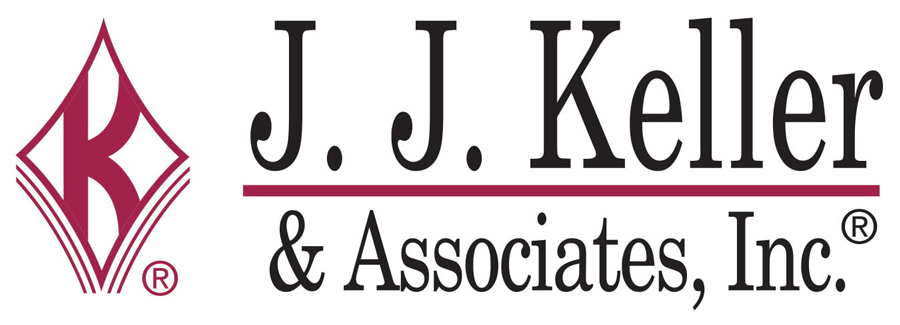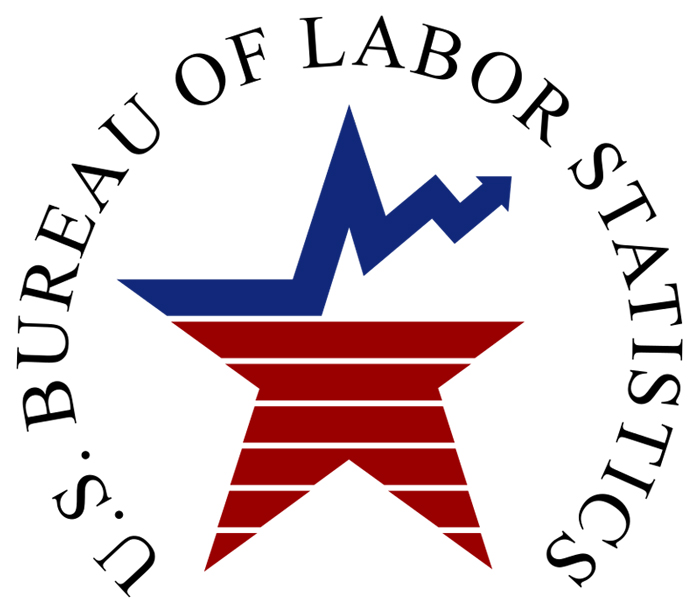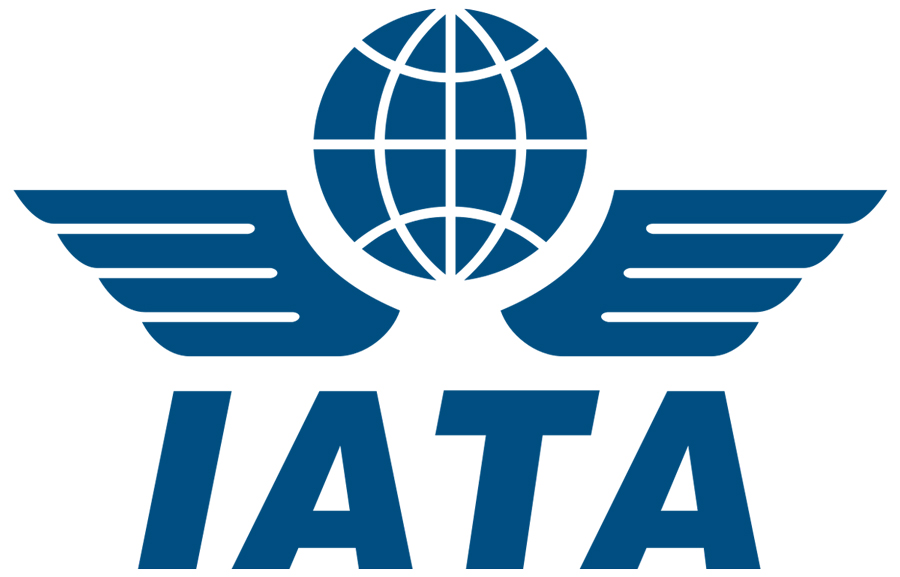- Details
- Category: Industry News
 The training includes classroom and hands-on instruction
The training includes classroom and hands-on instruction
Canadian and U.S.-based companies with fleet operations in Canada can now take advantage of two new Safe & Smart training programs from J. J. Keller & Associates that provide driver and trainer training to meet Canada’s provincial/territorial and federal National Safety Code (NSC) standards.
“Fleets are looking for training that takes drivers beyond the baseline standards of Canada’s Mandatory Entry-Level Training (MELT),” said VP of Consulting and Training Services Dustin Kufahl. “Our Canada Driver Training Program provides them with the in-depth finishing training that enhances drivers’ safety skills, so they’ll be better equipped to prevent accidents and violations.”
J. J. Keller’s Safe & Smart Canada Driver Training Program delivers a complete curriculum of online courses, classroom instruction, closed-course range experience, and on-the-road training. According to Kufahl, the program is delivered by veteran trainers who are Canadian regulatory experts and able to speak in both English and Canadian French, allowing them to train in all provinces and territories, including Quebec.

“What makes our training so unique is that it’s tailored for the specific needs of each fleet,” added Kufahl. “That means not only can we provide training that’s specific to Canada, but we can also provide training that takes into account the types of vehicles drivers use, the types of customers they serve, the cargo they haul, the environment they drive in and more.”
For fleets that want internal staff trained to deliver the Safe & Smart Canada Driver Training Program to their drivers, J. J. Keller now also offers the Safe & Smart Canada Driver Trainer Certification Program. It provides instruction on all the driver training lessons, how to deliver that training effectively in the classroom and behind the wheel, as well as the training materials, including workbooks, online courses, PowerPoint presentations, and more. As part of the program, J. J. Keller’s experts are available year-round for training and regulatory guidance.
Visit jjkeller.com for more information.
[07.09.24]
- Details
- Category: Industry News

The Bureau of Labor Statistics (BLS) released June’s employment stats with 206,000 non-farm jobs being added to the economy last month, beating economists’ expectations of 200,000. BLS also revised May’s numbers down from a surprising 272,000 to 218,000, which caused the unemployment rate to tick up slightly to 4.1 percent. The bulk of the jobs added were again in government (70,000) and health care (48,000), while leisure and hospitality was steady at about 7,000 jobs.
This report, according to many economists, is good news that the job market is stabilizing and slowing slightly, which could lead to a much-wanted interest rate cut by the Federal Reserve, possibly as early as September, although Federal Reserve Chair Jerome Powell did not indicate that a cut was on the horizon anytime soon. The Fed has been carefully monitoring the US economy to hit a goal of 2 percent year-over-year inflation, which has yet to be obtained.
However, the National Federation of Independent Business (NFIB) says that small businesses are still struggling to hire, despite raising compensation. According to the association, “a seasonally adjusted 37 percent of all small business owners reported job openings they could not fill in their current period, down five points from May.”

Unsurprisingly, transportation represented a sector where unfilled job openings were among the highest.
“This summer, small business owners continue to try to hire and find qualified employees for their open positions,” said NFIB Chief Economist Bill Dunkelberg. “The number of small businesses with one or more job openings they can’t fill remains at exceptionally high levels. However, owners are raising compensation at historically high levels to attract and retain employees.”
The full report can be viewed here.
Visit nfib.com for more information.
[07.09.24]
- Details
- Category: Industry News

The International Air Transport Association (IATA) recently released data for May 2024 (the latest data available) for global demand for air travel, which showed a solid month across all markets. Globally, demand was up 10.7 percent compared to May 2023. Leading the pack were Asia-Pacific airlines, which saw a 27 percent year-on-year increase in demand. The association represents 330 airlines comprising 80+ percent of global air traffic.
“Strong demand for travel continues with airlines posting a 10.7 percent year-on-year increase in travel for May. Airlines filled 83.4 percent of their seats, a record for the month. With May ticket sales for early peak-season travel up nearly 6 percent, the growth trend shows no signs of abating,” said IATA Director General Willie Walsh.
 IATA Director General Willie Walsh
IATA Director General Willie Walsh
The trend is likely to continue. The Transportation Security Administration (TSA) reported that it screened more than 3 million passengers on the Sunday after the July 4th holiday weekend, a record. In fact, nine of its 10 top busiest days ever have occured this year alone.
While demand remains robust, airlines are sounding the alarm that it isn’t necessarily leading to profit. According to a recent report from CNN, most airlines are seeing record demand and revenue—including added voluntary fees from upgrades and luggage—but labor and fuel costs are cutting deeply into profits. IATA notes that fuel prices are up about 4 percent in June over last month. Additional problems plaguing the airlines are hiring issues and the delay of newer jets from Airbus and the beleaguered Boeing.
“Airlines are doing everything they can to ensure smooth journeys for all travelers over the peak northern summer period. But our expectations of air navigation service providers (ANSPs) are already being tested. With 5.2 million minutes of air traffic control delays racked up in Europe even before the peak season begins, it is clear that Europe’s ANSPs have unresolved challenges. And the 32,000 flight delays over the Memorial Day weekend in May show that challenges persist in the US too. Airlines are accountable to their customers; ANSPs must be as well. ANSP performance matters to their airline customers and to millions of travelers. We all need them to do their job efficiently,” adds Walsh.
The full report can be found here.
[07.09.24]

